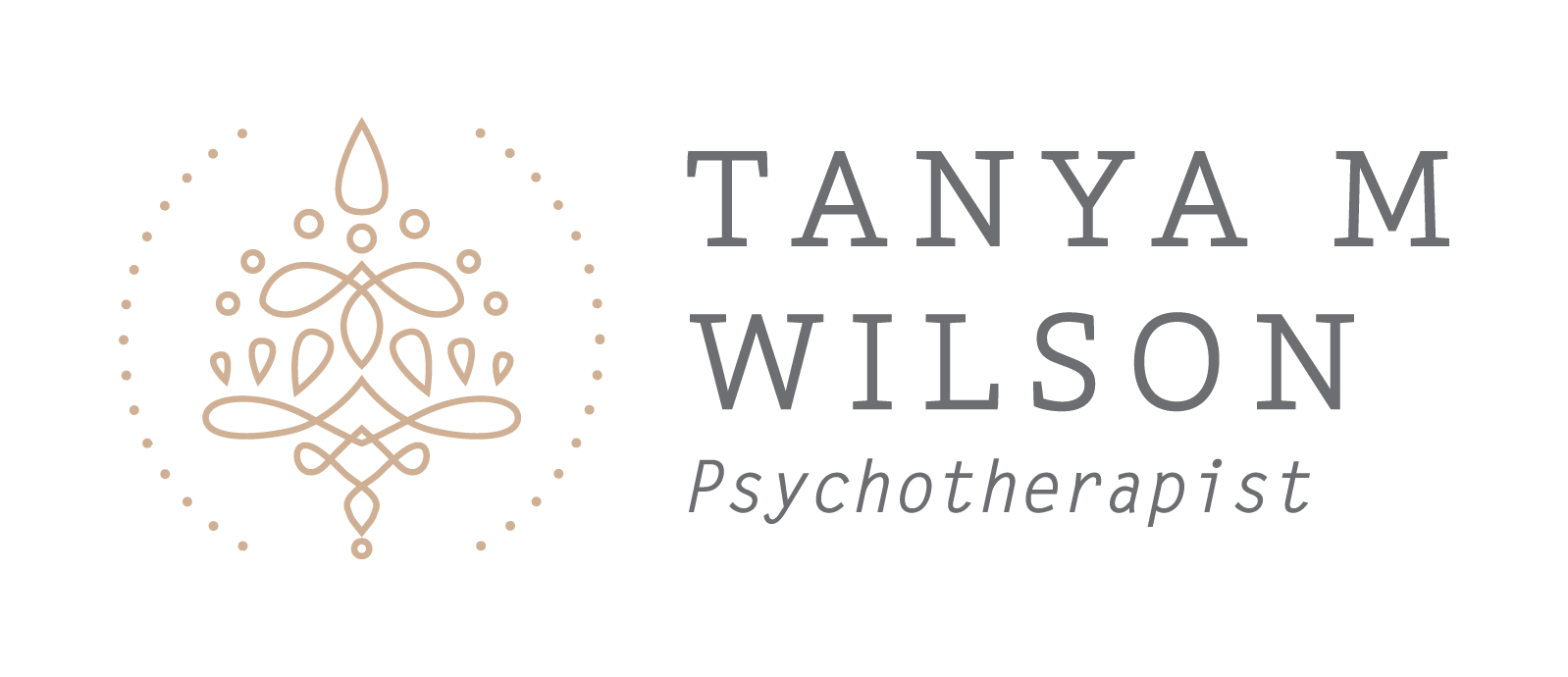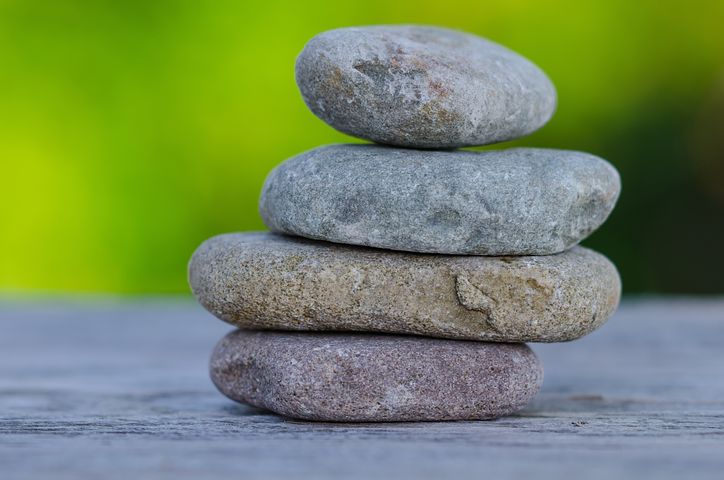As someone devoted to meditation, both as a personal practice as well as a teacher and facilitator for more than twenty years, I will be the first to admit that it’s not always going to be an everyday practice. What’s more is that it is essential to know when it can be and when it’s best to steer clear!
Over the recent years, I have watched our culture become flooded with images, memes, advice and media in general. Particularly around all aspects of health. Over the last ten or fifteen years, there has been an increase in the popularity of yoga, meditation and mindfulness. The yoga market is now worth $16 billion, reports The Guardian.
Dare I say, these activities— once alternative— have become quite mainstream. In this process, there have been some misunderstandings about meditation in general. And there is a universal idea that meditation is ‘good for you’ and because it is natural, it can’t hurt.
But it can be harmful.
I do encourage meditation. It is an amazing skill and a wonderful way of enhancing life. However, I also encourage you to experience and undertake it informed. Meditation and mindfulness techniques are inner reflective processes. Without guidance or an experienced teacher, doing meditation or mindfulness techniques, may not be helpful. And in some cases, can be harmful.

If you are feeling depressed or anxious, meditation and mindfulness will more than likely amplify what you are experiencing. It’s not always the instant injection of peace or respite that is needed in times of mental unwellness or turbulence.
Without a guide or teacher to assist you through this stage of amplification, it is possible that meditation or mindfulness techniques can become torturous. And may even create a downward spiral. Being able to ‘be with’ (you may have heard this termed ‘sit with’) depressed or anxious states is an advanced practice. It is not something I recommend doing alone or unassisted. If you dive into meditation or mindfulness practice whilst depressed or anxious, you are essentially asking yourself to practice an advanced technique that requires skill building— alone. And for most people whilst being in a vulnerable state. This is not a good combination!
There are so many styles and types of meditation. Depending on what your state of mind is and how much practice you have done will depend on what style of meditation would be most appropriate for you. All styles of meditation can be broken down into two distinct categories: ergotropic or trophotropic. Knowing that all meditation can fit into one of these two is enough.
Each individual will resonate more with one or the other. And it is important that you find a style that suits you. And if you are depressed or anxious, you may want to find a supportive teacher or guide or employ other strategies until you are ready to meditate.
Relaxation
One of the reasons you may turn to meditation is for the relaxation aspect. Relaxation is a significant tool and state of being that we need to cultivate to navigate this world. However, relaxation is close to meditation but it is actually not meditation (the same with mindfulness). Meditation is focused intent, with disciplined structure and involves a change in state of consciousness undertaken purely by the individual.
If you are new to meditation and are seeking relaxation and its benefits, my recommendation is guided meditation. It’s also a great alternative for those without a structured spiritual practice from which to meditate.
I have listed below some good (similar) alternatives that are a lot more helpful for you if you are experiencing depression or anxiety.
Here are my five failsafe suggestions for a healthy meditation practice:
1. Don’t meditate when you are anxious, opt for a deep breathing exercise instead (you can find one here).
2. Exercise directly before you meditate.
3. Don’t meditate when you are depressed, opt for guided/facilitated state changing activity instead. (Drumming, dancing, yoga, walking. If you can’t do these, then do sun gazing, SAD light lamp, or infrared sauna instead). If these seem out of reach, you might like to have a warm shower or bath and just notice the feeling on your skin and body.
4. Find your style of meditation (ergotropic or trophotropic).
5. Remember that five minutes is enough. You don’t have to meditate for hours on end to achieve benefits, particularly if you are new to the experience.
Bonus information:
Research conducted by psychologist and neuroscientist, Daniel Levitin, shows that shows that “mind wandering” is vital and necessary for our brains to reset, recharge and recalibrate.
I suggest, for most people who crave or “need” meditation time, that what you actually want is “mind wandering” time. Know that “mind wandering” and meditation are two different things. Give yourself permission to do both!
If you do decide to add meditation into your daily practice and if you are doing it correctly, five minutes is more than enough.
My favourite meditation practices:
- Buddhist practice of Tonglen
- Dr Joe Dispenza’s guided meditation
Please don’t struggle with depression or anxiety alone. My professional counselling services can help.


